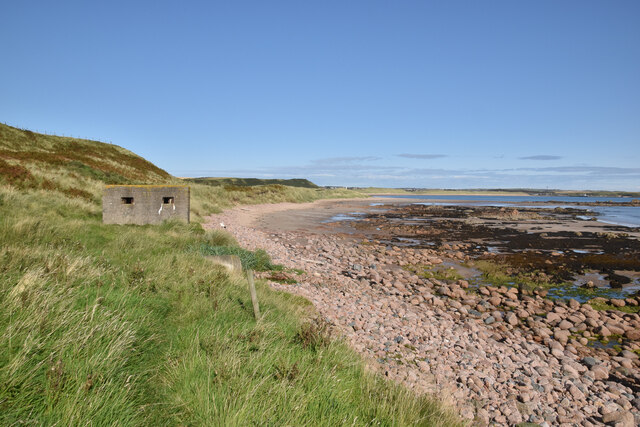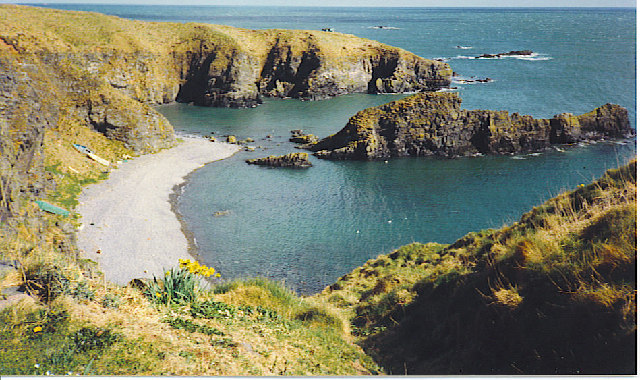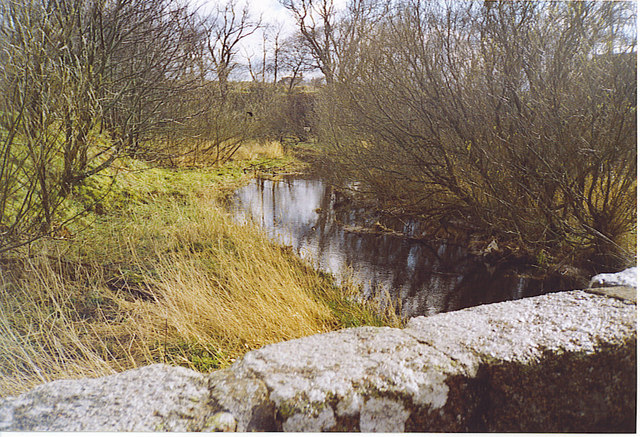Berry's Loup
Island in Aberdeenshire
Scotland
Berry's Loup

Berry's Loup is a small island located off the coast of Aberdeenshire in Scotland. It is situated in the North Sea, approximately 2 miles east of the village of Collieston. The island measures around 200 meters in length and 100 meters in width, with a total area of about 2 hectares.
The island is known for its rugged and rocky terrain, characterized by steep cliffs and jagged edges. It is predominantly composed of granite and is surrounded by turbulent waters, making it an ideal location for birdwatching and marine life enthusiasts. The island is home to a variety of seabirds, including puffins, guillemots, and razorbills, which nest on the cliffs during the breeding season.
Access to Berry's Loup is limited due to its remote location and the challenging sea conditions. Visitors can reach the island by boat, but caution is advised, as the waters can be treacherous. The island is uninhabited and lacks any facilities or amenities. Its untouched natural beauty and tranquil atmosphere make it a popular destination for nature lovers and photographers.
Despite its small size, Berry's Loup offers breathtaking panoramic views of the surrounding coastline and the North Sea. It is a haven for wildlife and provides a unique opportunity to observe seabirds in their natural habitat. The island's isolation and unspoiled wilderness contribute to its appeal, drawing visitors seeking a peaceful and secluded retreat.
If you have any feedback on the listing, please let us know in the comments section below.
Berry's Loup Images
Images are sourced within 2km of 57.379742/-1.8771829 or Grid Reference NK0732. Thanks to Geograph Open Source API. All images are credited.


Berry's Loup is located at Grid Ref: NK0732 (Lat: 57.379742, Lng: -1.8771829)
Unitary Authority: Aberdeenshire
Police Authority: North East
What 3 Words
///brownish.mildest.protect. Near Port Erroll, Aberdeenshire
Nearby Locations
Related Wikis
Whinnyfold
Whinnyfold or Whinneyfold is a small coastal village at the southern end of the Bay of Cruden in Aberdeenshire, Scotland. Whinnyfold (locally pronounced...
Old Slains Castle
Slains Castle (otherwise known as Old Slains Castle) is a ruined castle near Collieston in Aberdeenshire, Scotland. It is not to be confused with New Slains...
Cruden Bay Hotel
Cruden Bay Hotel was a hotel in Cruden Bay, Aberdeenshire, Scotland. Following the success of the Palace Hotel in Aberdeen, it was built between 1897 and...
Water of Cruden
The Water of Cruden is a short broadly east-flowing river in Buchan in northeast Scotland. Its headwaters streams rise in the countryside north of Ellon...
Nearby Amenities
Located within 500m of 57.379742,-1.8771829Have you been to Berry's Loup?
Leave your review of Berry's Loup below (or comments, questions and feedback).


















